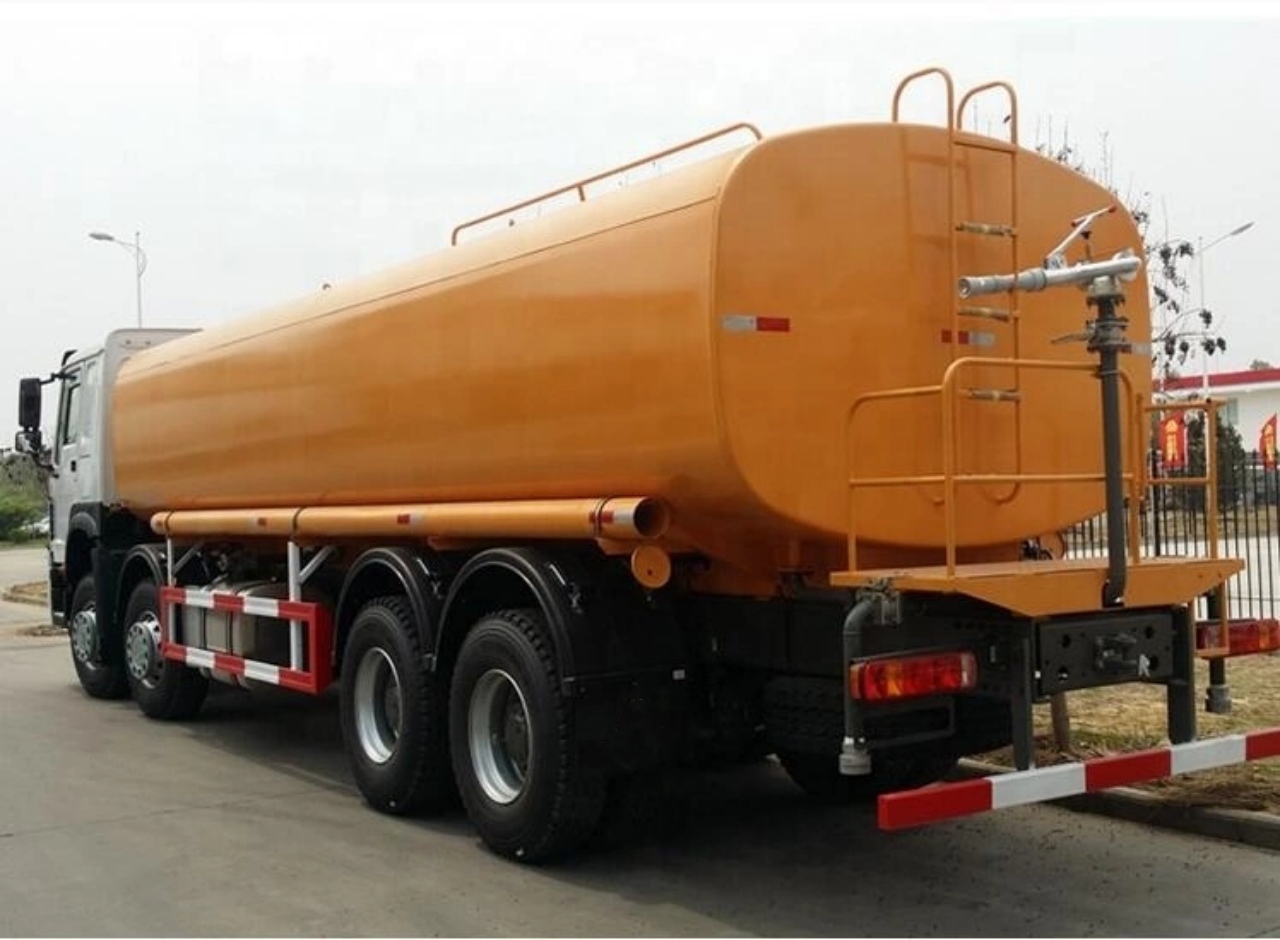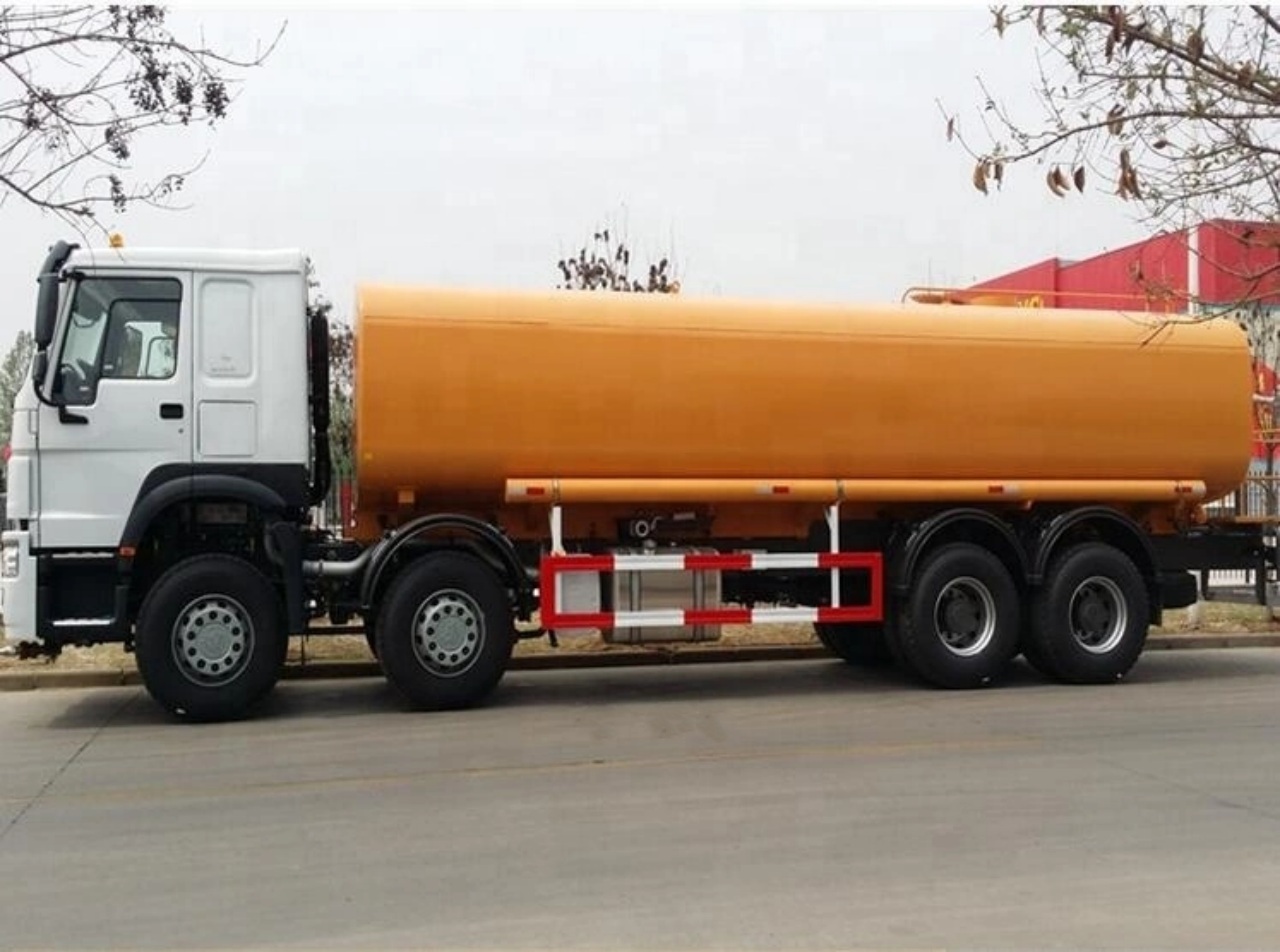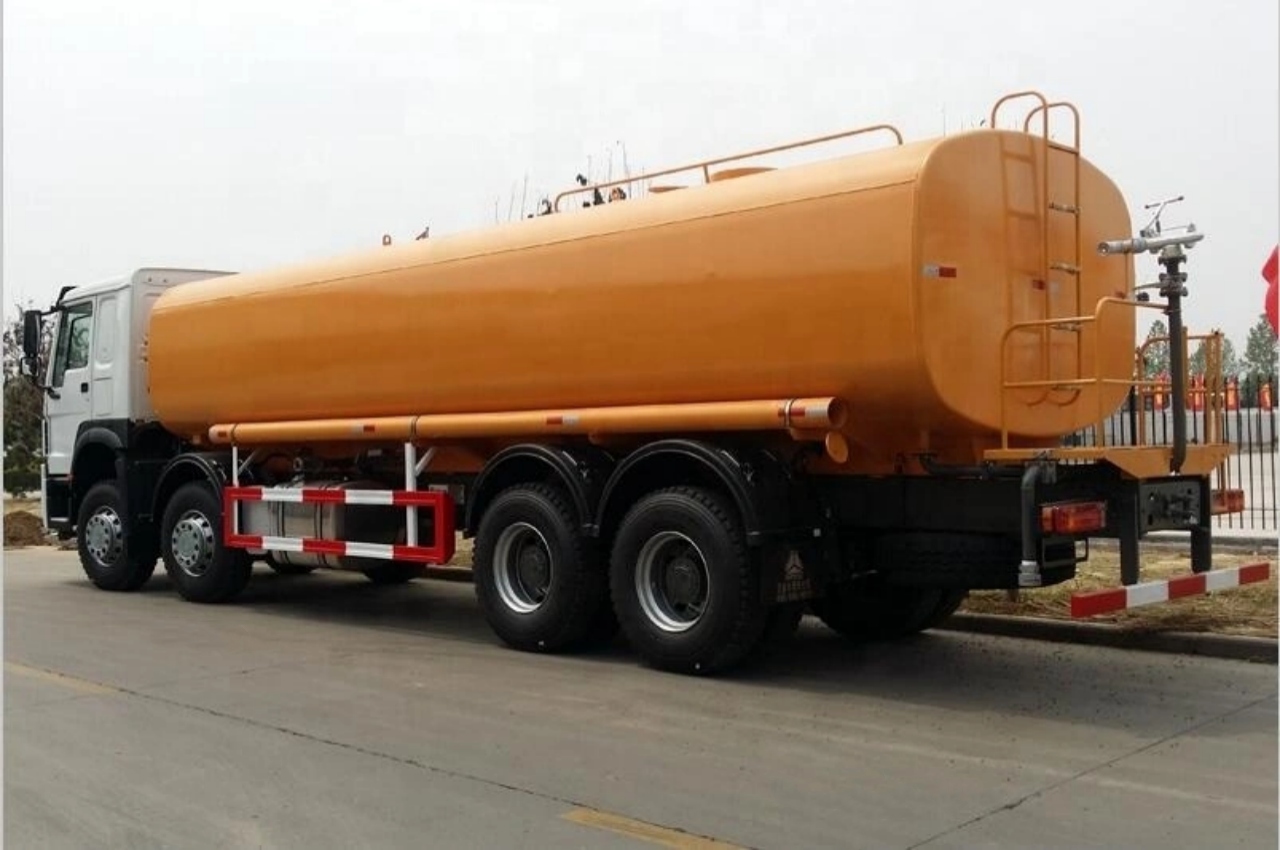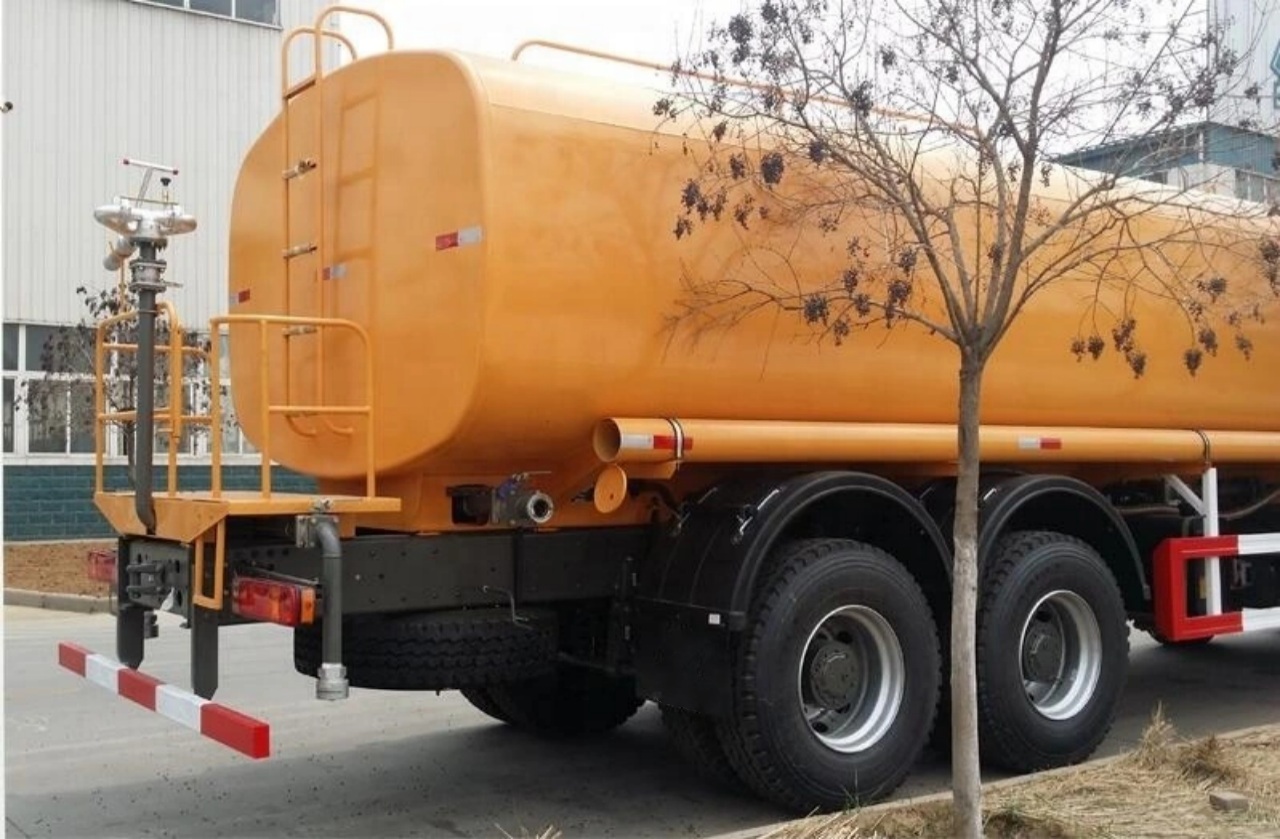Water delivery trucks play a crucial role in supplying clean, potable, or non-potable water to areas where piped water systems are inadequate, unavailable, or temporarily compromised. These trucks are commonly used in both urban and rural settings for a wide array of tasks, ranging from filling residential water tanks, irrigating landscaping, supporting construction sites, to emergency relief in disaster-stricken regions. But a common question that arises for new users or curious observers is: How big is a water delivery truck?
The answer isn’t as straightforward as giving a single number. Water delivery trucks come in various sizes depending on their intended use, regional regulations, terrain conditions, and capacity requirements. In this article, we’ll explore the dimensions, water capacities, types, and factors that influence the size of a water delivery truck.
Understanding Water Truck Size: Key Factors
The size of a water delivery truck typically refers to both its physical dimensions and carrying capacity, the latter being more central in operational contexts. The truck’s physical size includes its length, width, height, and turning radius, which affect its maneuverability and accessibility.
The main determinant of a water truck’s size is its tank capacity, measured in gallons (U.S.) or liters (internationally). Tank sizes range from small 500-gallon units mounted on pickup trucks to massive 20,000-liter (5,300-gallon) semi-trailers used for industrial or municipal supply.
Let’s break down the sizes based on categories:
1. Small Water Delivery Trucks (500–2,000 gallons)
Dimensions:
- Length: 12 to 20 feet
- Width: 6 to 8 feet
- Height: 6 to 10 feet
These smaller trucks are often built on light-duty or medium-duty chassis, such as Isuzu NPR, Ford F-Series, or Mitsubishi Fuso platforms. They’re ideal for residential deliveries, tight urban areas, or terrain where large trucks can’t navigate.
Applications:
- Refilling home water tanks
- Supplying event venues with drinking water
- Landscape irrigation in parks or gardens
- Emergency backup for households
Despite their modest size, these trucks are prized for their agility and lower operating costs.
2. Medium Water Delivery Trucks (2,000–4,000 gallons)
Dimensions:
- Length: 20 to 30 feet
- Width: 8 to 8.5 feet
- Height: 9 to 11 feet
Medium-capacity water trucks are common in commercial and construction applications. They’re mounted on robust chassis like the International 4300, Freightliner M2, or Hino 500 series. The tank material may be steel, stainless steel, aluminum, or polyethylene, depending on the type of water being carried.
Applications:
- Dust suppression at construction sites
- Supplying farms or greenhouses
- Filling small municipal reservoirs
- Delivering water to swimming pools
Their moderate size strikes a balance between maneuverability and capacity, making them versatile for many industries.
3. Large Water Delivery Trucks (5,000–6,000 gallons)
Dimensions:
- Length: 30 to 35 feet
- Width: 8.5 feet
- Height: 10 to 12 feet
These are heavy-duty vehicles often used by mining operations, municipalities, and industrial sites. Built on commercial chassis like Mack, Kenworth, or Peterbilt, these trucks can carry significant volumes of water while offering off-road capabilities when needed.
Applications:
- Road construction and compaction
- Firefighting support in rural areas
- Large-scale agricultural irrigation
- Bulk deliveries to commercial or municipal storage tanks
Their larger size requires skilled operators and permits in some regions due to weight or road restrictions.
4. Extra-Large Water Delivery Trucks (7,000–10,000+ gallons)
Dimensions:
- Length: 35 to 45+ feet (often as semi-trailers)
- Width: 8.5 feet
- Height: 12 to 13.5 feet (depending on tank shape and chassis)
These water trucks are semi-trailers or articulated tankers. They are used in high-volume delivery operations and can transport both potable and non-potable water across long distances.
Applications:
- Supplying remote industrial operations (mining, oil rigs)
- Emergency water delivery to drought-affected areas
- Refilling municipal water towers or community tanks
Due to their size, they may be restricted to highways or require escort vehicles in certain jurisdictions.
How Water is Carried: Tank Shape and Material
Tank shape plays a role in the truck’s size and water capacity. Most tanks are cylindrical or elliptical, which helps with liquid stability and weight distribution. Flat-bottom tanks are common for smaller trucks, while larger units use round or elliptical tanks to reduce sloshing and improve balance.
Materials Used:
- Carbon Steel: Durable, cost-effective, common for non-potable use.
- Stainless Steel: Used for potable water to prevent contamination.
- Aluminum: Lightweight, corrosion-resistant.
- Plastic/Polyethylene: Used for lightweight, low-cost, and corrosion-free transport.
The choice of material also influences the truck’s gross vehicle weight and total allowable water payload.
What Influences Truck Size Selection?
Several factors determine the appropriate size for a water delivery truck:
- Purpose of Delivery: Potable vs. non-potable, volume needs, frequency.
- Access to Delivery Area: Tight city streets or off-road environments require different maneuverability.
- Local Regulations: Axle weight limits, road restrictions, and licensing requirements vary.
- Budget and Cost-Efficiency: Larger trucks are more fuel-consuming and require higher capital investment.
- Water Source Distance: Longer transport distances often require larger-capacity trucks to reduce trips.
Conclusion: Size is Based on Purpose
So, how big is a water delivery truck? The answer depends on its intended function. They can be as small as a pickup-mounted tank delivering 500 gallons to residential homes or as large as a semi-trailer hauling 10,000 gallons for industrial supply. The physical dimensions of these vehicles scale with capacity, often ranging from 12 to over 45 feet in length.
Ultimately, choosing the right size water delivery truck involves assessing operational needs, budget, and logistics. For most businesses or municipalities, it’s a balance between carrying enough water and being able to deliver it efficiently and safely to the end location. Understanding these variables helps operators and clients alike make informed decisions about water delivery solutions.





